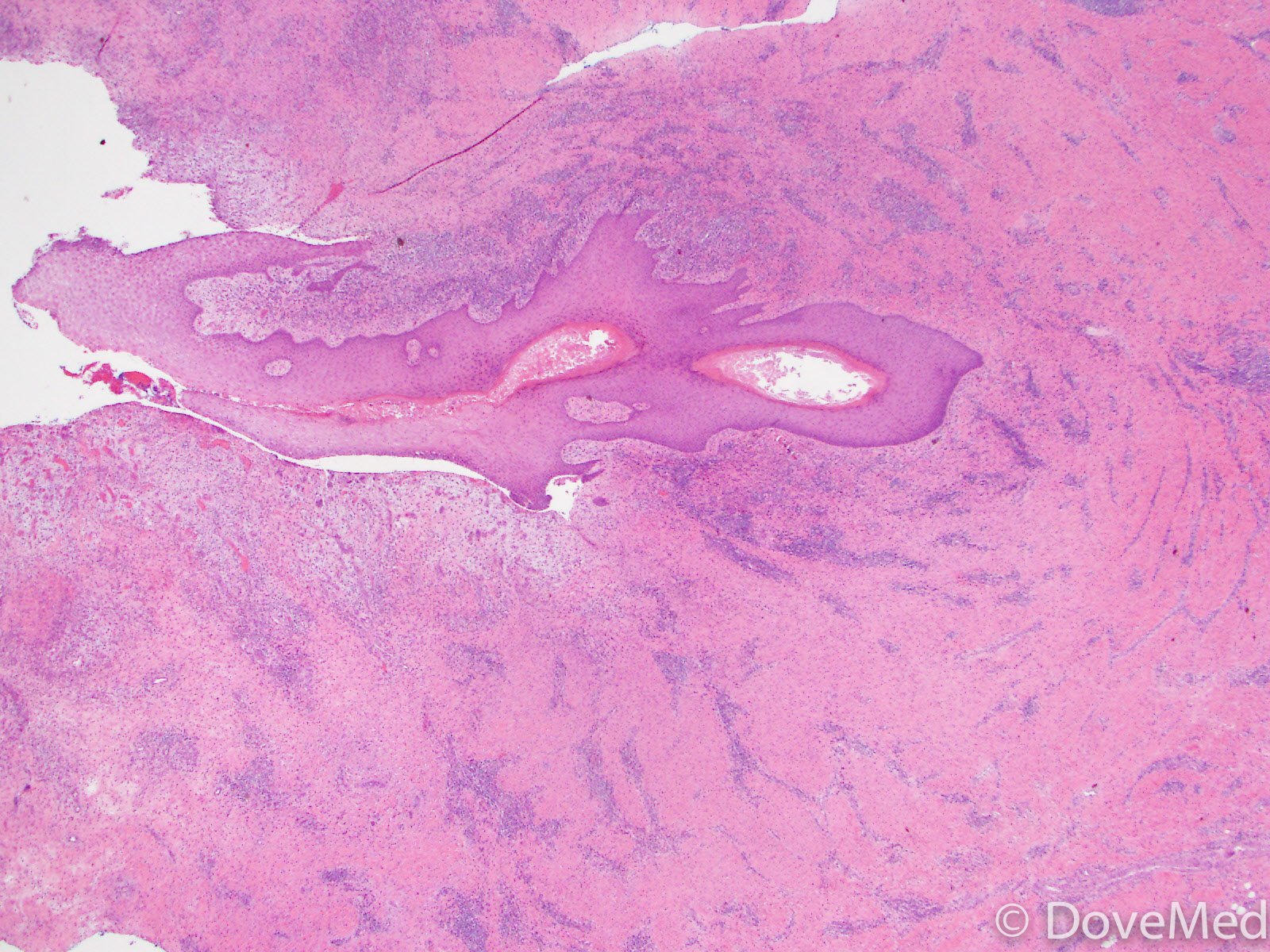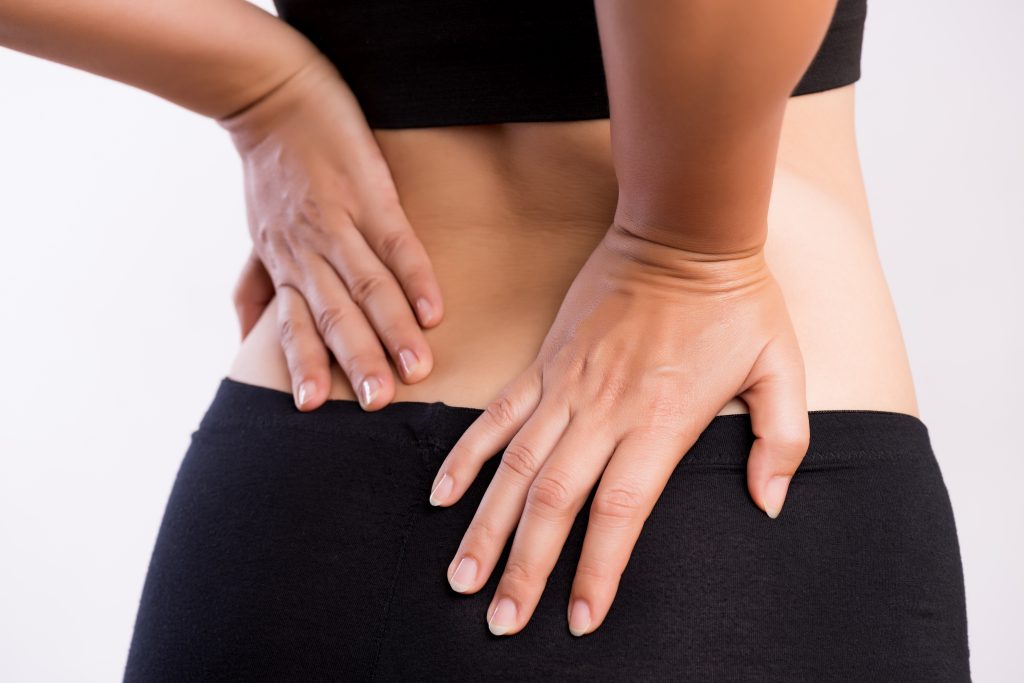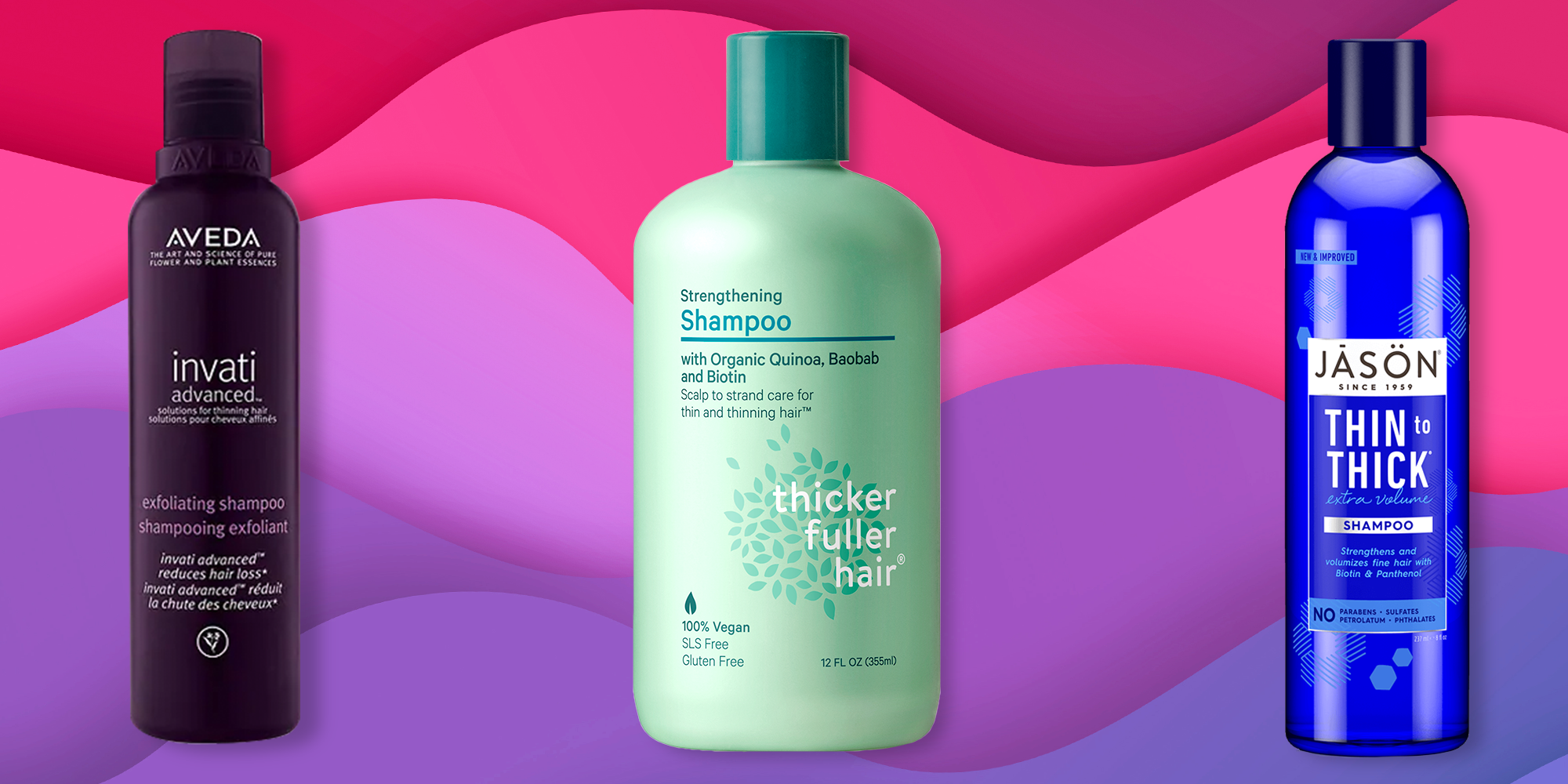Table Of Content

By Amber J. TrescaTresca is a freelance writer and speaker who covers digestive conditions, including IBD. There will be a need to care for the surgical location at home. It may help to have a partner assist or see if a home-care nurse is available.
What Caused These Boils? - The Dermatologist
What Caused These Boils?.
Posted: Tue, 15 Jun 2021 20:38:13 GMT [source]
What Is Pilonidal Cyst? Symptoms, Causes, Diagnosis, Treatment, and Prevention
A topical antiseptic can be prescribed and applied to the area at each dressing change. The surgery site will also need to be watched carefully for any signs of infection. In addition, being sedentary, having obesity, and prolonged sitting are other risk factors. It’s also thought that friction or pressure in the gluteal area and a traumatic tailbone injury could also make the condition more likely. A small cyst that causes no symptoms usually can be treated at home.

Causes and Risk Factors for Androgenetic Alopecia
If you are going under general anesthesia, it is typically recommended to not consume anything in the eight hours before the procedure. This procedure involves unroofing (splitting open) the cyst, curetting (scraping out) the base, and marsupialization (suturing the edges). This, too, is usually a temporary fix, and the pilonidal sinus cavity experiences recurrent infections. This article explains what a pilonidal cyst is, the benefits of surgery, expected outcomes, and ways to reduce the risk of recurrence. Doing so could further irritate the cyst, make the infection worse, or make the cyst bleed. You also aren’t likely to remove all the pus by squeezing, so it’s best to have your doctor clear the cyst for you.
Risk Factors
For that reason, they might stop being a problem as people age. If the cyst recurs or there are other complications, a more invasive surgery might be done. In the acute form, you may have an abscess in the natal cleft, the area at the top of the buttocks where they part.
Understanding the causes and symptoms is crucial in determining whether they can resolve without medical intervention. • Pilonidal disease without abscess is best managed by frequent shaving or hair removal; adding local application of phenol can resolve disease and prevent recurrence. Carrying extra weight can also make you more prone to developing pilonidal cysts. Your doctor can give you a better idea of whether your weight may be playing a role in your cysts. The location of pilonidal cysts can make it hard to see what you’re doing.
Pilonidal cysts are small fluid-filled sacs or bumps that appear along the crease or top of your buttocks. If the cyst isn’t painful, you can try treating it yourself. However, if the pain worsens or appears to get infected, you should see your doctor. Your doctor can treat the pilonidal cyst or surgically remove it. It’s important to know the signs of pilonidal cysts since they can come back after treatment.
A complete cure is possible, but remember that a pilonidal cyst may come back even if you had one surgically removed. There’s a type of cyst you can get at the bottom of your tailbone, or coccyx. It’s called a pilonidal cyst, and it can become infected and filled with pus. A pilonidal (pie-low-NIE-dul) cyst is an unusual pocket in the skin that usually contains hair and skin debris. The cyst is almost always near the tailbone at the top of the buttocks.
Pilonidal Cyst Treatments

Dealing with psoriasis isn’t always easy, but with treatment, you’ll be able to manage your symptoms and live your best life. While not life-threatening, a painful cyst can make it difficult to sit, stand, or walk for long periods, which can interfere with working or driving. Do not drive the first 24 hours after surgery and while you are taking narcotic medication. In general, you can drive once you feel comfortable sitting in the driver's seat and using the brake and gas pedal.
From there, you will be brought into the procedure room set up with a surgical table, medical equipment, and computers. You will lie face down on the table and the surgical team will prepare the skin on your lower back for surgery by shaving and disinfecting it. Surgery might include using antibiotics (oral or topical) to avoid infection. There also might be a dressing on the area that needs to be changed. In all cases, follow-up care will be needed to check on the healing.
Those with chronic disease, but without an abscess, can be treated with fibrin glue alone or in conjunction with surgical excision to prevent recurrence. Home treatments can relieve discomfort from a pilonidal cyst. But to get rid of it for good, you’ll need to see a doctor. To prevent cysts from forming again in the future, avoid prolonged sitting. Keep the area above your buttocks clean, dry, and free from hair.
An infected pilonidal cyst can be painful and is referred to as an abscess. If you notice any symptoms of a pilonidal cyst, see your health care provider. Sometimes, these cysts become infected and a pocket of pus called an abscess forms. Incision and drainage is a common procedure for treating cysts and rarely causes serious complications. The most common problems are infections, recurrence of the cyst, and the development of an abscess.
A pilonidal cyst is a cyst or abscess (boil) located near the intergluteal cleft, otherwise known as the groove between the buttocks. Treatment usually requires having a pilonidal cyst removed surgically. Your health care provider will show you how to change dressings and explain what to expect during the healing process. You'll also be told when to call your health care provider. You may need to shave around the surgical site to prevent hairs from entering the wound.
If a pilonidal cyst becomes infected, it can be very painful. Pilonidal cysts are treated with a simple in-office procedure. A doctor will start by numbing the area with an injection of a local anesthetic. Next, they’ll use a surgical knife to make a small incision to help drain the pus and debris from the cyst. A pilonidal cyst is a sac filled with hair, skin, and other debris.
Although pilonidal cysts are much more common in men, pregnant women can get them too. If you’re experiencing pain in your buttocks, it could be a sign of a pilonidal cyst and not just a normal discomfort of pregnancy. It’s usually best in that case to contact your provider and get checked. The cause of most pilonidal cysts is loose hairs that puncture the skin.

No comments:
Post a Comment